1/48 EDUARD F-6F3 Hellcat
Fun little kit, out of the box. Eduard made it too easy with this one, no need for filling, sanding, correcting...everything fit like a charm. This was the first time I got a chance to compare Hellcat with previously assembled Bf-109, FW-190 and Zero and was surprised with it's size. One would think giant of that size would be an easy target for nimble Zero.
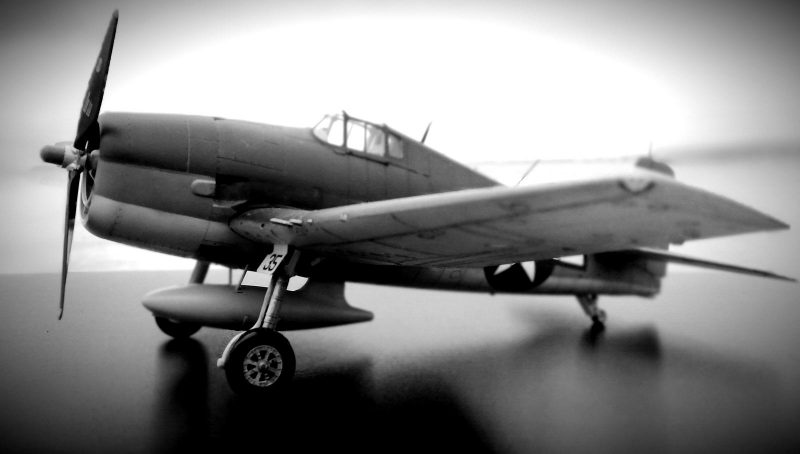
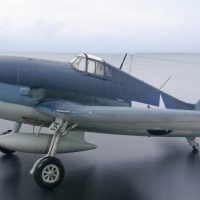
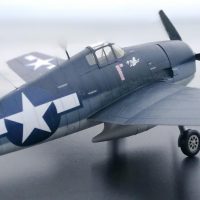
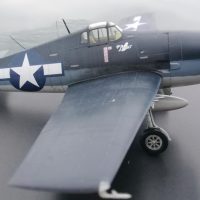
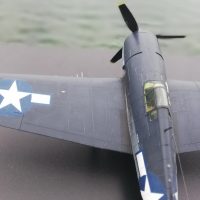
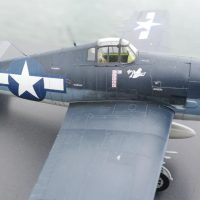


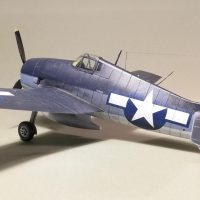
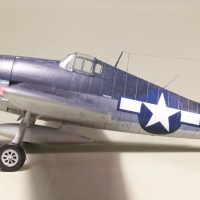
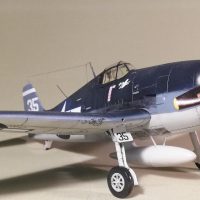
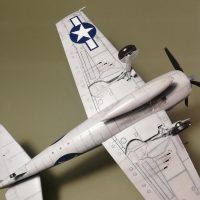

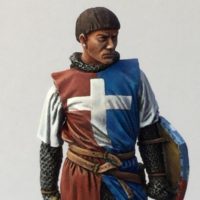

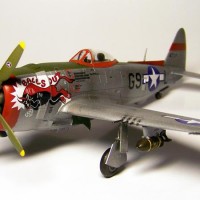
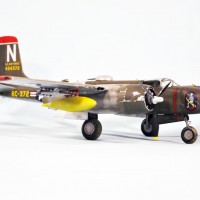
Nice looking Hellcat Boris!
Great looking build Boris, and great looking photos.
I had the same opinion the first time I assembled a Hellcat - how could a plane this big maneuver and not be a bigger target?
I guess having a captured Zero helped with the design along with extra Firepower and Horsepower.
Fantastic build, Boris!
And kudos to Edward for the nice kit.
Nice build, Boris.
A perfect finish on this build.
This is a very nice looking Hellcat. Your comments about it being a large fighter are very true... I have been very fortunate and had the opportunity to be around one of these planes as it was being restored back to flying condition. I also became friends with a gentleman who flew one, named Arthur "Payne" Whiteway who flew with VF-16, and he participated in the "Mariana's Turkey Shoot"...It is also a very rugged plane, and the pilot's that flew it loved it. They didn't call it the "Ace Maker" for no reason... You did a magnificent job building and painting yours. Well done !
Here's a link o the plane I built that he flew. He was credited with two A6M Zeros.
Actually, that great big wing on the Hellcat (the biggest wing of any US fighter of the war) enabled it to hold its own, so long as speed was kept up over 250mph - at that speed and above, the Zero's ailerons got progressively stiffer and the airplane became considerably less "nimble." It also helped that the Hellcat had the big 2,000hp R-2800 and the largest ammunition capacity of any US fighter.
There was also the fact that by the time the Hellcat came into service, the average USN pilot entered combat with over 600 hours of training in his logbook, while his IJNAF opponent had something between 125-150 hours (most of the pilots who took off the Japanese carriers at Philippine Sea didn't have the skill to land back aboard safely). That makes a huge difference. Most of the Zeros shot down by Hellcats were "moving targets," all the experienced Japanese pilots lying dead in the jungles of the Solomons and New Guinea and the surrounding seas.
The Eduard Hellcat is indeed a very nice and you've done an excellent job with yours.
Very well done - love the finish and subtle weathering. Unusual to see one not in the dark blue scheme, so even more appealing to see the unusual livery.
Looks great, I'm just finishing up an eduard 1/72 Hellcat, they are nice kits. Sorry Greg, it's going to be the dark blue, as it's post war.
That's a good looking Cat Boris. May have to break out the one I have in my stash and give her a go.